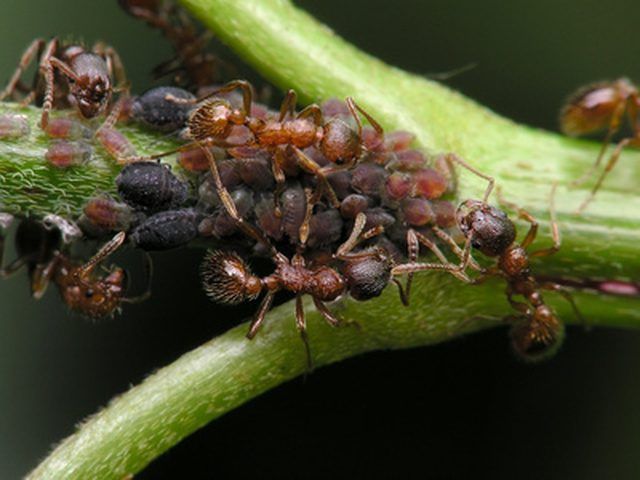Bulbs
Flower Basics
Flower Beds & Specialty Gardens
Flower Garden
Garden Furniture
Garden Gnomes
Garden Seeds
Garden Sheds
Garden Statues
Garden Tools & Supplies
Gardening Basics
Green & Organic
Groundcovers & Vines
Growing Annuals
Growing Basil
Growing Beans
Growing Berries
Growing Blueberries
Growing Cactus
Growing Corn
Growing Cotton
Growing Edibles
Growing Flowers
Growing Garlic
Growing Grapes
Growing Grass
Growing Herbs
Growing Jasmine
Growing Mint
Growing Mushrooms
Orchids
Growing Peanuts
Growing Perennials
Growing Plants
Growing Rosemary
Growing Roses
Growing Strawberries
Growing Sunflowers
Growing Thyme
Growing Tomatoes
Growing Tulips
Growing Vegetables
Herb Basics
Herb Garden
Indoor Growing
Landscaping Basics
Landscaping Patios
Landscaping Plants
Landscaping Shrubs
Landscaping Trees
Landscaping Walks & Pathways
Lawn Basics
Lawn Maintenance
Lawn Mowers
Lawn Ornaments
Lawn Planting
Lawn Tools
Outdoor Growing
Overall Landscape Planning
Pests, Weeds & Problems
Plant Basics
Rock Garden
Rose Garden
Shrubs
Soil
Specialty Gardens
Trees
Vegetable Garden
Yard Maintenance
How Do I Mix Talstar?
How Do I Mix Talstar?. Talstar sells a wide variety of products both for commercial and residential use. Talstar insecticide concentrate for residential applications contains 7.9 percent Bifenthrin, effective for killing fireants, mole crickets, chinch bugs and other household and garden pests. Talstar P, also known as Talstar One and Talstar...

Talstar sells a wide variety of products both for commercial and residential use. Talstar insecticide concentrate for residential applications contains 7.9 percent Bifenthrin, effective for killing fireants, mole crickets, chinch bugs and other household and garden pests. Talstar P, also known as Talstar One and Talstar Professional should never be used near a residential water supply and should always be mixed and distributed with the utmost of care. Always read the manufacturer recommendations when using any Talstar product in or near your home.
Things You'll Need
Protective clothing
Eye goggles
Chemically-resistant gloves
Plastic container
Water
Non-household measuring device
25 psi or lower sprayer
Brush
Outdoor Use
Wear a long-sleeved shirt, long pants, protective goggles, chemically-resistant gloves, shoes and socks when mixing Talstar for residential use.
Cover all food surfaces, processors and utensils when mixing and using Talstar indoors. Remove any exposed food items from the area before mixing or application.
Dilute .33 fluid ounces of Talstar to one gallon of water in a plastic container to arrive at a .02 percent suspension. Use the .02 percent suspension on lighter infestations. Add Talstar directly to water in the container when mixing. Do not use household utensils or household measuring devices with this pesticide.
Dilute one fluid ounce of Talstar to one gallon of water for a .06 percent suspension. One fluid ounce equals two tablespoons. Use the .06 suspension for heavier infestations.
Close the container and shake the solution until well mixed.
Apply Talstar as a pour method on anthills, with a brush for perimeter areas or with a sprayer that has no more than 25 psi. Apply outdoors during cool weather, either in early morning or evenings---never during the heat of the day.
Remove clothing at once if the pesticide gets inside of protective clothing and wash skin thoroughly before putting on new clothes. Wash the outside of protective gloves with soap and water before removing. Wash hands thoroughly after mixing and applying Talstar.
Tips & Warnings
Never apply Talstar on soil that is frozen or water-saturated under any conditions where possible run-off can occur to other areas of the yard.
Keep Talstar away from water supplies and wells.
Use gloves that are chemically-resistant, made from materials such as neoprene rubber, barrier laminate, polyvinyl chloride or vitron.
Call a poison control center for treatment advice in the event of ingestion or exposure to eyes or skin. Rinse skin and eyes for 15 to 20 minutes if exposure occurs.